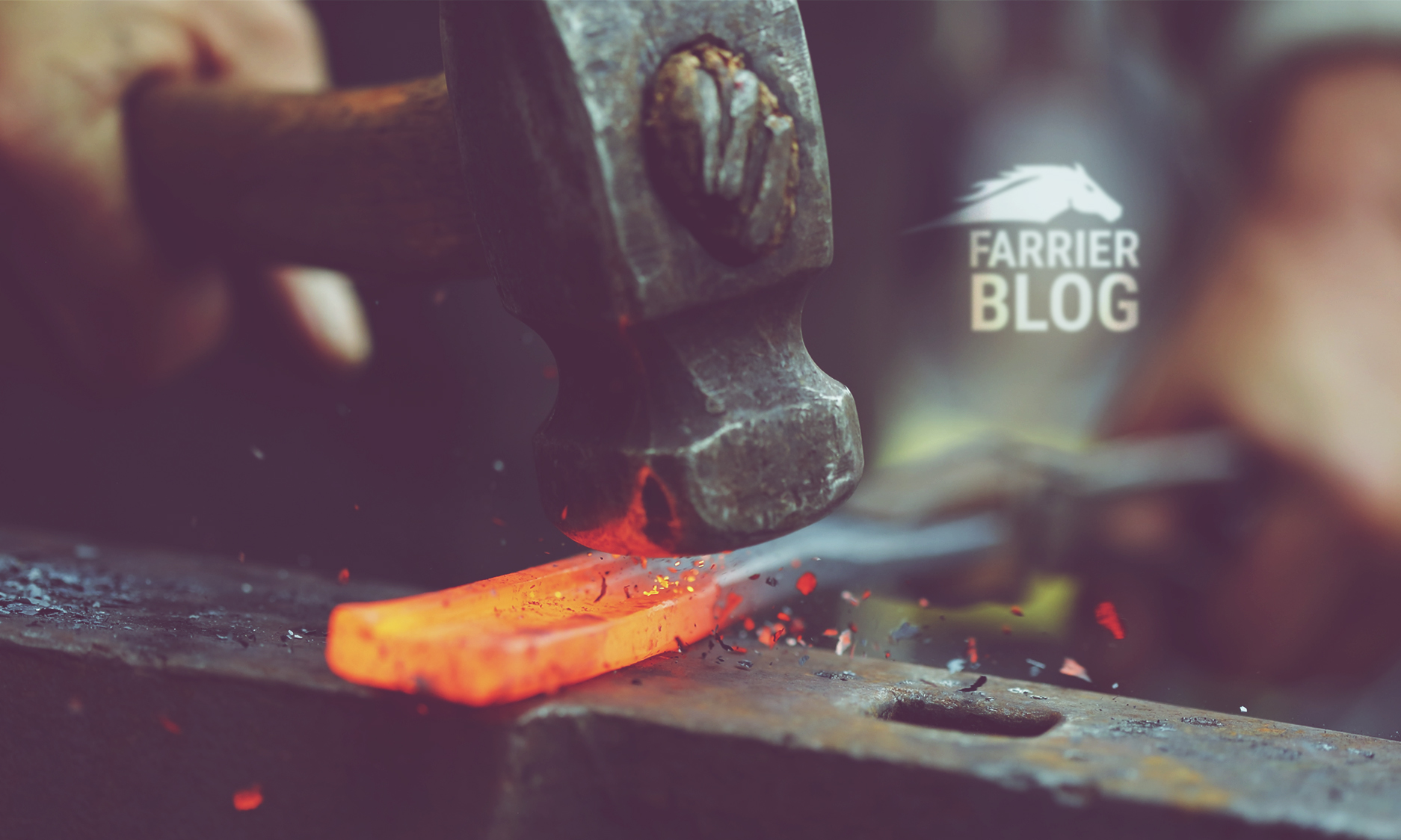I wouldn’t claim to have worked with heaps of different farriers over the years. In fact, I consider myself a bit of an under-achiever in that respect. I have little doubt working alongside other farriers is probably the best way to improve our skills, learn new stuff and for farriers who usually work alone, realise our short-comings.
It always surprised me how differently the farriers that I did work alongside went about things. The order in which they did things as well as the intricacies of the job itself. I’m not saying they were right or wrong, just that it was food for thought!
I was taught to work the feet in pairs. Whilst too many feet aren’t a perfect pair, in the ideal horse, making them a pair should usually by a focus. So it follows to me that working in pairs is a logical approach.
Watching other farriers – particularly some of the old school, they would start at one front foot then go to the nearest hind foot, then to the other hind and finally to the remaining front.
I could always see the merit in going from one front foot to the other. Keeping in mind what I had done to the first front foot when I was working on the other. Going directly from one to the other front meant I hadn’t forgotten what I did to the first by the time I’d worked my way around the hinds too.
And equally importantly when shoeing, treating each stage of the process separately. Taking the shoe off one front foot then immediately doing the same to the other so both shoes are off before any foot dressing takes place. And before the dressing, taking the shoes off the hinds too (but still working in pairs).
Taking the shoes off is a good time to further assess the horse and feet before any trimming is done. We can assess wear patterns, any unusual hoof angle growth and have a good think about what we’re going to do later on in the process. A classic example of this is horses with very odd feet (one boxy foot and one sloping/flat). A farrier in a rush who takes off one shoe and dresses the foot whilst he still has it up might not realise the other foot is particularly different and wish he hadn’t when he finally gets around the other side to the hoof that is (for example) flat. The odd feet on this horse could have been trimmed to get closer to being a pair but end up being even more odd. Once the foot is trimmed, it’s not very practical to stick the hoof back on.
Then dressing two feet accordingly and fitting two shoes so the shape is fresh in my mind. It’s so easy for the most experienced farrier to get distracted when shoeing (horses doing horse type things, owners wanting to chat, phones ringing etc) so I found focussing on one part of the process at a time can actually be more productive than trying to multi-task. How many times do us farriers have to go back to the foot we just dressed to remind ourselves what shape it is because we lost concentration?
A simple guideline I remembered from my early days was to do to one foot what you did to the other. It’s not a rule, just a guideline but keeping that in mind when shoeing helped me to keep thinking in pairs. If I couldn’t remember what I did to the other foot then I was doing something wrong!
